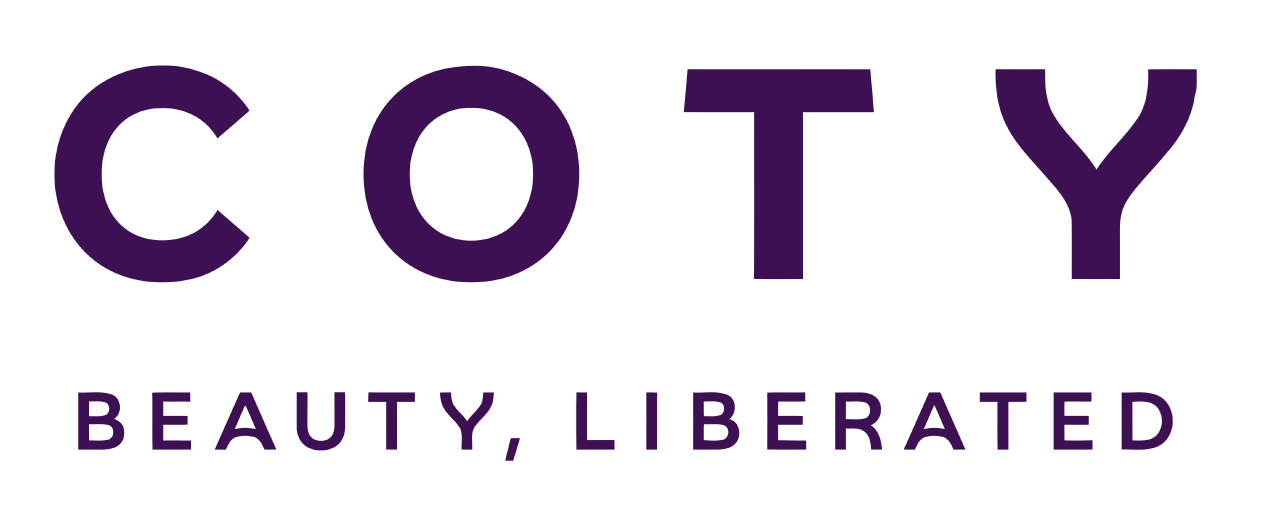What is a virtual meeting? Types and key elements
Jun 20, 2025
In a world where teams span continents and decisions happen in real time, virtual meetings are no longer an option - they’re the new standard. Also, the success of your virtual meeting hinges on more than just a stable connection. At AV Vietnam, we decode the modern virtual meeting: its formats, its must-haves, and how to make every screen feel like a seat at the table.
What is a virtual meeting?
A virtual meeting is a form of real-time communication where participants connect through internet-enabled devices, without being in the same physical space. These meetings take place in a shared digital environment — often via video conferencing tools — allowing people to see, hear, and collaborate from anywhere.
Both personal and business contexts frequently employ virtual meetings. They facilitate cross-location workflow, travel time savings, and team alignment for remote workers in the workplace. For speed and convenience, even coworkers may choose virtual meetings.
Although the terms "online meetings" and "virtual meetings" are occasionally used interchangeably, the former typically refers to a broader range of remote interactions, such as those conducted via Wi-Fi, mobile data, or hybrid platforms.

What is a virtual meeting?
How many types of virtual meetings are there?
There are numerous formats for virtual meetings, each with a distinct purpose, such as:
Video conferencing
The most common and engaging kind of virtual encounter is this one. High-quality video and audio are used to facilitate face-to-face communication, allowing participants to see non-verbal clues such as gestures and facial expressions.
Video conferencing is ideal for team check-ins, client meetings, and discussions that require a strong human connection, foster engagement, and help build trust in remote environments.
Webinars
Webinars are virtual seminars where hosts or panelists present to a large audience in a mostly one-way format. Attendees can listen, view slides or demos, and sometimes participate via Q&A or polls.
Webinars are perfect for product launches, training sessions, and thought leadership events. With the right platform, hosts can manage thousands of attendees and deliver content in an organized, engaging format.

Webinars
Virtual team meetings
These meetings are designed for internal collaboration among team members, regardless of location, with flexibility while maintaining productivity. Features like screen sharing, real-time note-taking, and digital whiteboards enhance teamwork without the need for physical presence.
Virtual social gatherings
Not all virtual meetings are about work. Many organizations now host virtual happy hours, birthday celebrations, or team-building games online. These informal gatherings help remote teams stay connected on a personal level, promote company culture, and boost morale, especially in fully remote setups.
Virtual interviews
Recruitment has shifted significantly online. Virtual interviews allow employers to meet candidates without travel, saving time and resources. They also help companies widen their talent pool geographically. With tools to schedule, record, and assess interviews, virtual formats streamline the hiring process for both sides.
Online workshops and training sessions
Virtual workshops enable interactive learning in real time. Trainers can use slides, videos, breakout rooms, and polls to engage participants. That makes knowledge sharing more accessible, scalable, and cost-effective.

Online workshops and training sessions
Why and when do we need virtual meetings?
Virtual meetings offer flexibility, speed, and cost savings. They eliminate geographical barriers, reduce travel expenses, and allow participants to connect instantly. In a business context, this means faster decision-making, improved team coordination, and better access to expertise vs in-person gatherings. So, we turn to virtual meetings in many situations:
-
Remote or hybrid work setups: When team members are scattered across different locations.
-
Cross-regional collaboration: When stakeholders from various countries need to align in real time.
-
Urgent decision-making: When quick communication is needed without waiting for physical availability.
-
Training and onboarding: When scaling learning sessions across departments or time zones.
-
Client or vendor interactions: When face-to-face engagement isn’t possible but relationship-building is still key.
As businesses continue to embrace digital transformation, virtual meetings are no longer a temporary solution; they are a strategic advantage.
Key components of a virtual meeting
Behind every smooth, productive online session are essential components that ensure clear communication, professional presentation, and seamless interaction.
Video conferencing platform
The virtual meeting platform you choose plays a critical role in shaping the participant experience. Leading solutions such as Zoom, Microsoft Teams, and Google Meet are trusted for their stability and comprehensive feature sets.
These platforms offer clear audio, sharp video, screen sharing capabilities, integrated chat, breakout rooms, and advanced participant controls. A well-matched platform not only supports your technical needs but also reinforces the effectiveness of your communication, be it for small internal updates or large-scale presentations. Making the right choice ensures a seamless, engaging, and professional meeting environment.

Video conferencing platform
Audio equipment
Clear audio is non-negotiable in any virtual meeting. Poor sound quality can derail communication faster than any video glitch. That’s why investing in the right microphones, speakers, and mixing tools is essential, especially for professional environments like virtual conferences, hybrid events, or executive-level meetings.
AV Vietnam provides top-tier audio solutions tailored for virtual and hybrid events. With nearly 15 years of experience in event technology, our team ensures that every participant is heard, without noise, lag, or dropouts. From headset mics to full-scale digital audio systems, we design setups that elevate your virtual presence.
Internet connection
A stable, high-speed internet connection is the foundation of every successful virtual meeting. Without it, even the best equipment and platform can’t prevent disruptions: frozen screens, distorted audio, and dropped participants quickly derail communication and focus. Unstable connections not only affect the experience for the person with poor internet but also impact the entire meeting’s flow and professionalism.
For hosts, presenters, and key speakers, a wired Ethernet connection is strongly recommended over Wi-Fi to ensure consistency. In high-stakes sessions such as webinars, online trainings, or client-facing meetings, having a backup connection (such as mobile data or a secondary network) can be a smart safeguard.
Camera
Video quality can make or break the impression you leave in a virtual meeting, and that starts with the right camera for conveying facial expressions, eye contact, and clarity. A well-lit, properly framed image doesn't just improve visibility; it shows that you’re prepared, engaged, and respectful of your audience.
Screen sharing and collaboration tools
Features like screen sharing, shared documents, live annotations, digital whiteboards, and interactive polls turn passive viewers into active participants. Instead of simply listening, attendees can follow presentations visually, contribute ideas in real time, or co-edit files during brainstorming sessions.
These tools are especially powerful in virtual event planning, creative workshops, and remote training, where clarity, engagement, and collective input are key to success.

Screen sharing and collaboration tools
Moderator/Host
No matter how advanced the technology, every effective virtual meeting needs someone to steer the ship. A skilled moderator or host ensures the session runs smoothly from start to finish, keeping time, guiding the agenda, introducing speakers, and managing audience engagement.
They also monitor chat boxes, field questions, and step in to resolve minor technical hiccups before they escalate. For large-scale webinars or hybrid events, having a dedicated technical host helps maintain a seamless experience.
What are the pros and cons of virtual meetings?
Virtual meetings offer many benefits, but they also come with certain challenges. Here is a clear comparison between their advantages and disadvantages:
|
Advantages |
Disadvantages |
|
1. Location flexibility: Participants can join from anywhere in the world, enabling cross-regional collaboration without travel. |
1. Technical disruptions: Unstable internet, audio lag, or platform errors can interrupt communication and reduce meeting quality. |
|
2. Cost savings: Virtual meetings reduce or eliminate travel, venue, and accommodation expenses. |
2. Less personal connection: Lack of face-to-face interaction can make it harder to build trust and read non-verbal cues. |
|
3. Time efficiency: Meetings are easier to schedule and often more concise, saving valuable work hours. |
3. Distractions: Participants may multitask, lose focus, or face interruptions in remote environments. |
|
4. Easy to record and share: Sessions can be recorded, transcribed, and reviewed later, ideal for documentation and transparency. |
4. Screen fatigue: Spending long hours in virtual meetings can cause eye strain, fatigue, and lower engagement. |
|
5. Large audience capacity: Webinars and online events can reach hundreds or thousands of attendees across regions. |
5. Security risks: Without proper controls, virtual meetings may face issues like unauthorized access or data breaches. |
Tips for hosting a successful virtual meeting
Behind every seamless virtual meeting is a smart plan and a few essential techniques. Here are some tips for hosting a virtual meeting successfully:
-
Select a reliable video conferencing platform tailored to your meeting size and format
-
Test all equipment (camera, microphone, lighting, and internet) before going live
-
Use a wired connection for greater stability during high-stakes sessions
-
Prepare a clear agenda and share it with participants in advance
-
Appoint a moderator or host to manage the flow, introduce speakers, and keep time
-
Use visual aids like slides, whiteboards, or screen sharing to support your points
-
Leverage engagement tools such as polls, chat, and Q&A to involve attendees
-
Set ground rules: mute when not speaking, limit background noise, stay on topic
-
Record the session (if appropriate) and send follow-up notes or resources afterward
-
Keep meetings concise - only invite those who truly need to be there
-
For a truly seamless experience, professional-grade equipment matters.
AV Vietnam offers event equipment for complete virtual meetings, from audio systems and lighting to camera setups and onsite technical support, ensuring your online events run as smoothly as your message deserves.
Virtual meetings are here to stay - and how you host them matters. For reliable equipment, expert setup, and seamless execution, AV Vietnam is your trusted partner in delivering professional virtual meeting experiences. Contact us today: +84 939 311 911.






